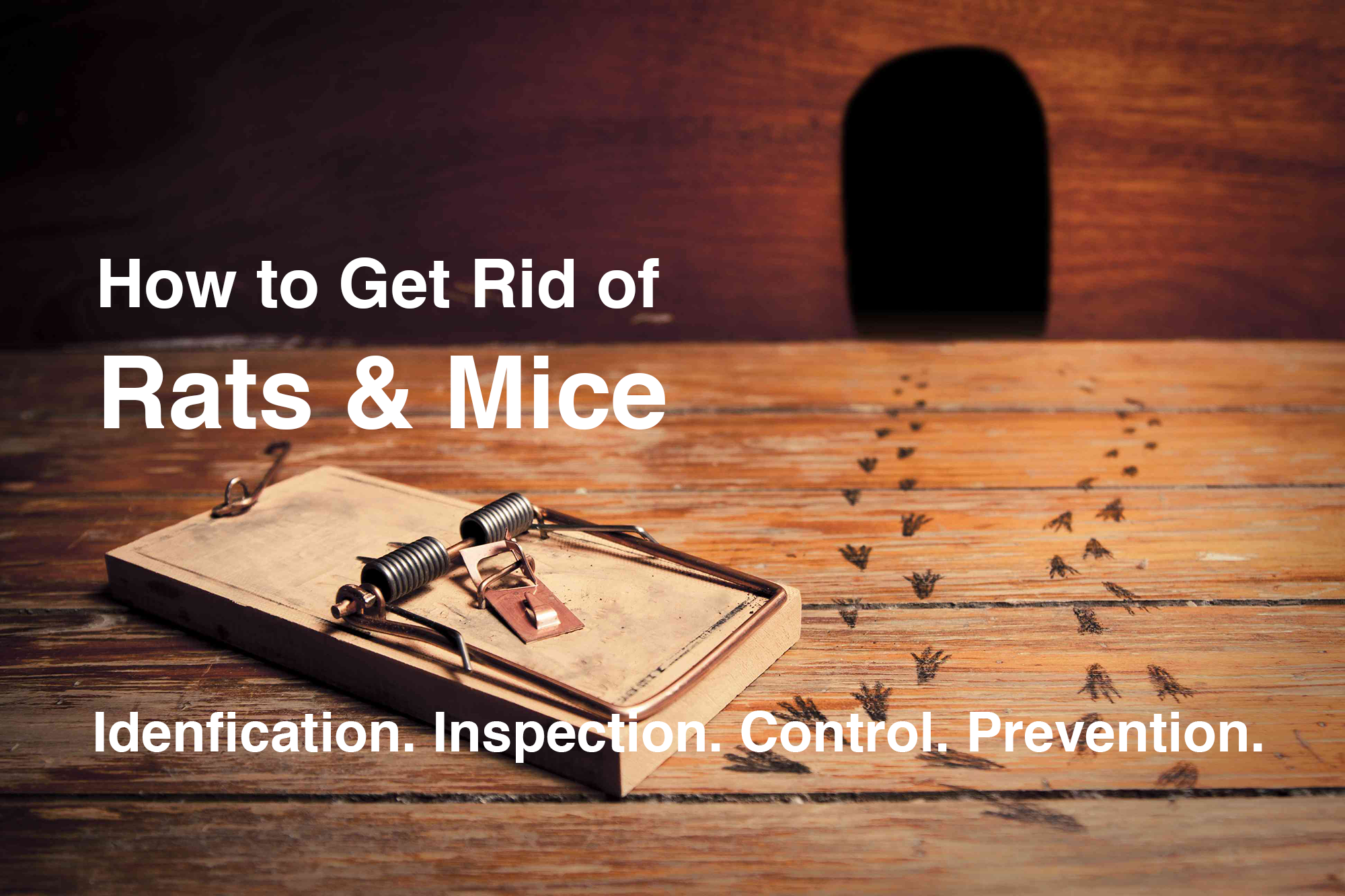Do You Have Rats or Mice?
It’s a common question homeowners often ask us: Do I have rats or mice? Neither are good news but it’s important to know which type of rodent is inhabiting your home so you know how to properly get rid of them.
Rats
If you’ve had the misfortune to actually see a rodent in your home, a rat would be significantly larger than a mouse. There are 2 common types of house rats – the Norway Rat and the Roof Rat.
The Norway Rat is the largest of commensal rodents with small ears, a blunt nose, and a short tail relative to its head and body. Their droppings are up to 3/4 inch with blunt ends. They usually gnaw on wood but will also chew on electrical wiring, causing damage. Typically, they will reside outside your home in burrows or in your crawl space or basement, entering the structure at night for food and water.
The Roof Rat is usually darker in color than the Norway Rat and smaller, weighing less than a pound. They have large ears, a pointed nose, and a long tail. Their droppings are spindle shaped with pointed ends. Unlike Norway Rats, Roof Rats prefer to live higher above ground, making your attic an ideal environment.
Both are cautious and will be suspicious of any foreign objects or changes in their environment. This makes rodent control tricky as they usually will not approach a recently placed trap or bait box. Proper placement and patience is crucial.
Mice
Mice are smaller than rats and usually a lot less suspicious, making them easier to trap through routine pest control methods. They’ll eat mostly anything so your home likely has a food source that’s appealing to them. Mice breed often and offspring can reproduce in less than 6 weeks, so it’s important to catch them early before they multiply. Like rats, mice are nocturnal and mostly come out of their nest, looking for food, at night. They have the ability to fit into tiny spaces, needing only 1/4 inch gap or opening. Also like rats, mice will leave behind droppings (much smaller, rod-shaped, with pointed ends).
How to Get Rid of Rats & Mice in Your Home
DIY Pest Control is not recommended for rodent control. Rats and mice have very specific habits, making them harder to catch and eradicate. Because rats are cautious by nature, any differences in their routine may cause them to move into other areas of your home. Depending on where they are nesting in your home and the type of rodents, an exterminator can then determine the best plan of attack; whether to use baits, traps, a combination of both, and the size of traps required. And because rats and mice multiply quickly, its essential that you call a pest control company at the first signs of infestation:
- Droppings
- Gnawed areas
- Tracks or tail marks in dusty areas
- Noises at night in less-frequented areas of your home, commonly attics & basements
- Unusual odor
Preventing Future Mice & Rat Infestations
Because these rodents require only a tiny gap or space to enter your home, it’s essential that you implement good exclusion and sanitation practices. Every gap in your structure larger than 1/4 inch should be properly sealed, especially those around drainage pipes, vents, utility lines, doors & windows, etc. It’s also important to remove any available food sources, like trash cans, pet food, and bird feeders.
If you think you have a rat or mice infestation, call your local pest control company for an immediate inspection.


Definitely don’t try to fix this issue yourself! You might think you’ve saved some cash and fixed the issue at first but usually the problem comes back worse than then before and you’ll inevitably have to call someone. Best to consult in a professional before attempting to solve this problem on your own.